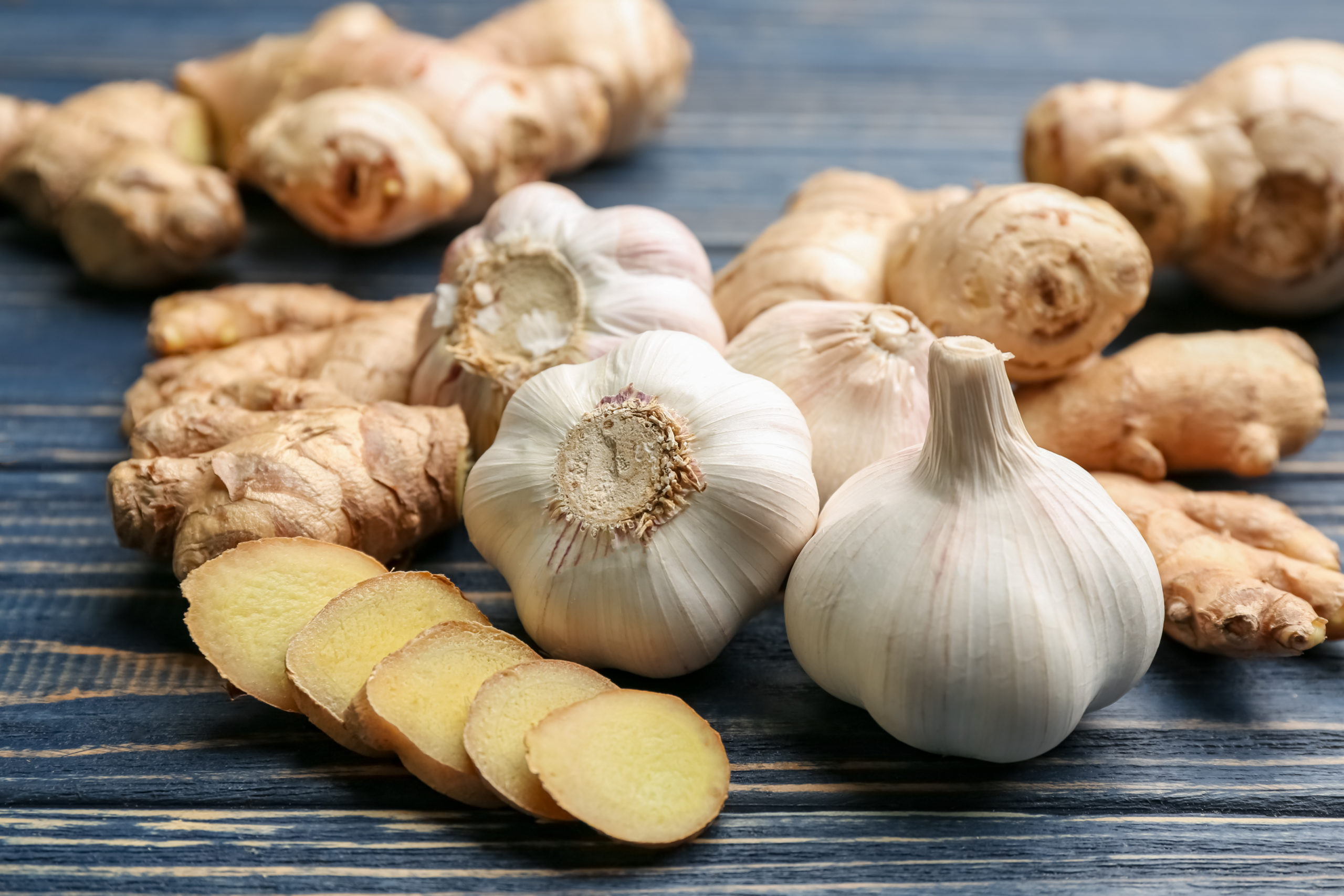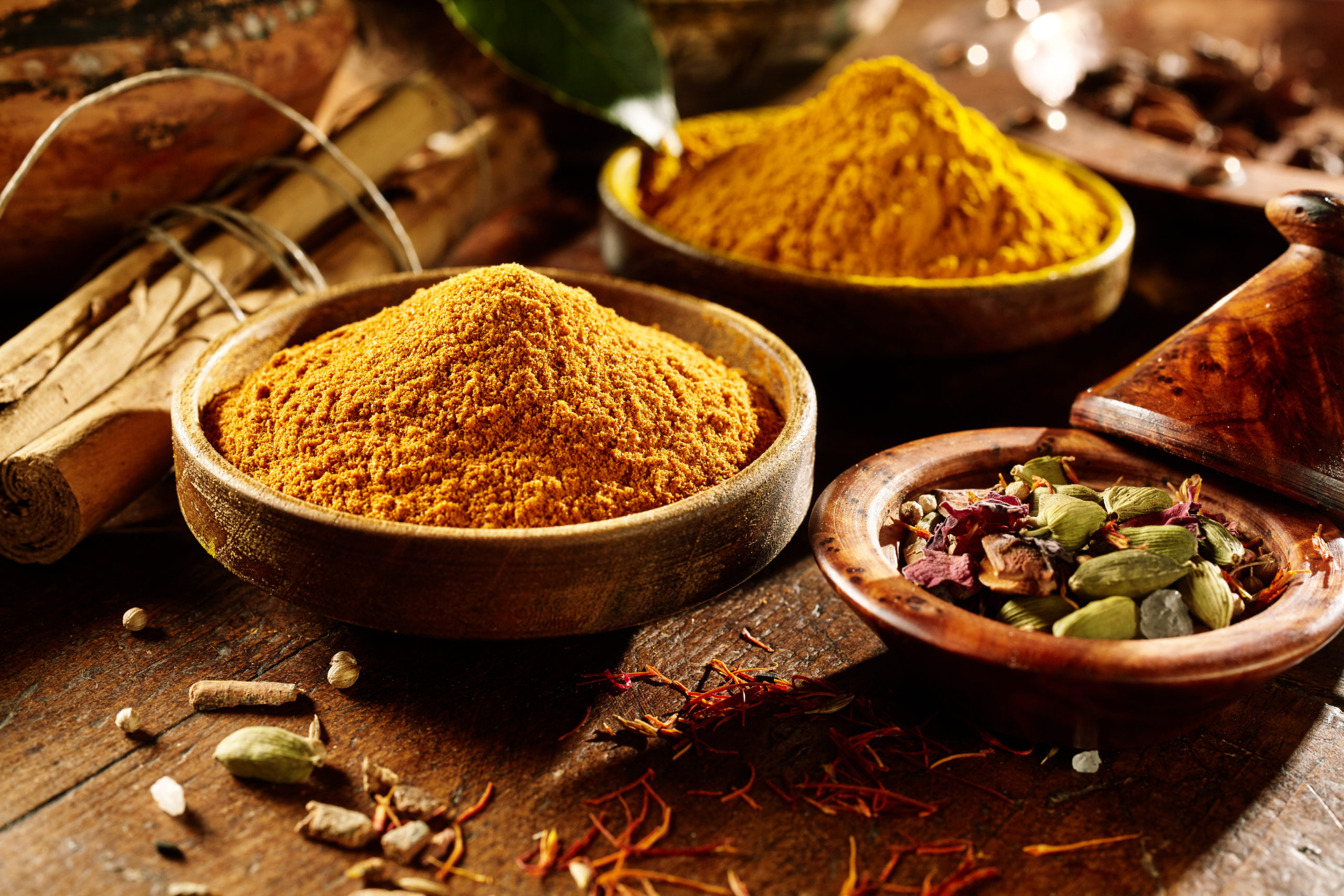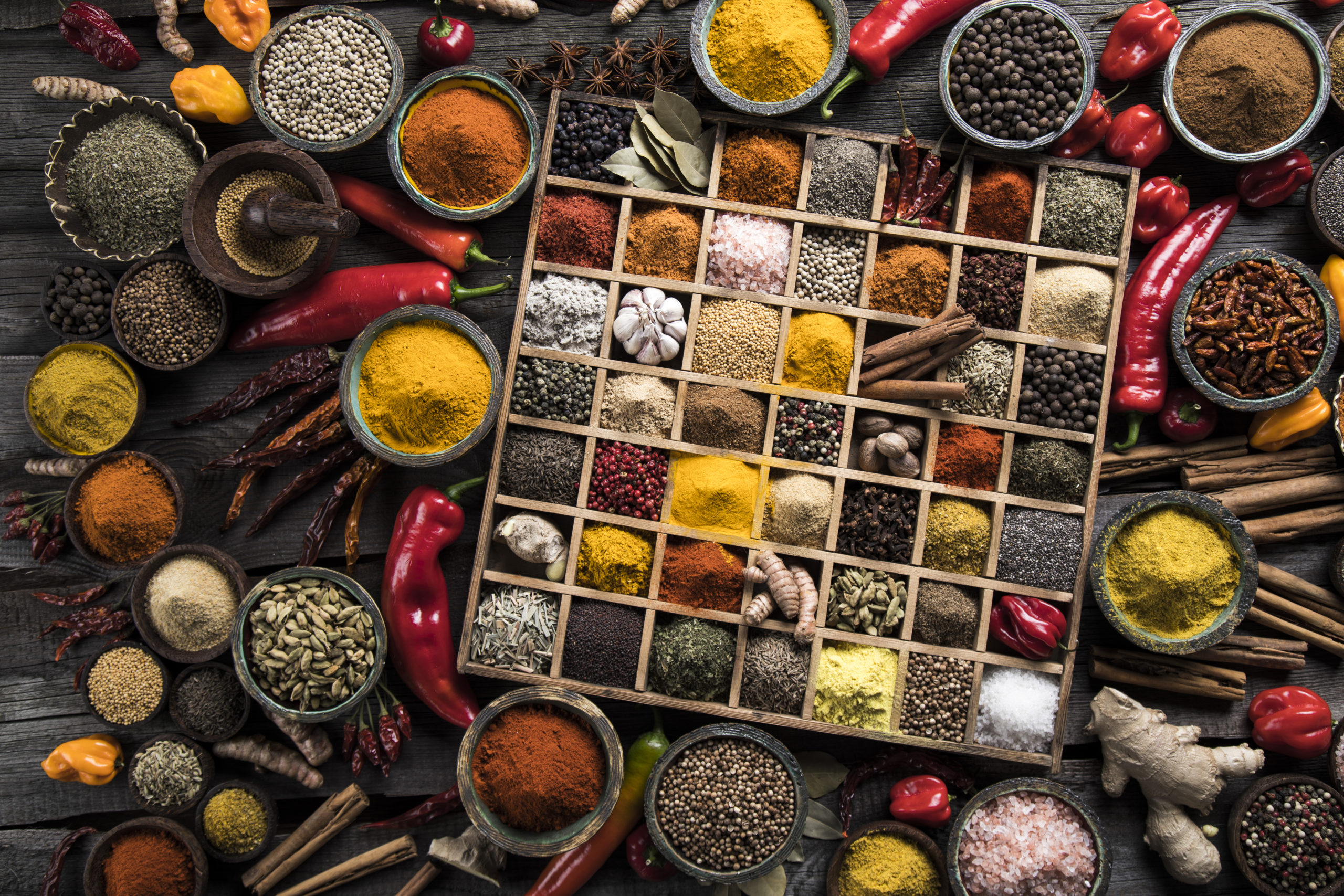Indian cuisine is known for its vibrant flavors and rich aromas, which are achieved through the use of an array of spices. From the fiery heat of chili peppers to the earthy depth of cumin, Indian spices are a vital ingredient in the country’s cuisine. In this blog post, we’ll explore the wonders of Indian spices and how they can add flavor and depth to your meals.
Firstly, let’s take a look at the different types of spices used in Indian cooking.
Some of the most common spices include cumin, coriander, turmeric, ginger, garlic, and chili peppers. Each of these spices has a unique flavor profile and can be used in different ways to create a variety of dishes.
Cumin is a staple in Indian cooking and has a warm, earthy flavor.
It is often used in curries, stews, and soups to add depth and richness. Coriander, on the other hand, has a citrusy, slightly sweet taste and is commonly used in chutneys and spice blends. Turmeric is another essential spice in Indian cuisine, known for its bright yellow color and subtle, slightly bitter taste. It is often used in curries, rice dishes, and soups.
Ginger and garlic are also widely used in Indian cooking and add a pungent, spicy flavor to dishes.

Ginger is commonly used in teas, sweets, and pickles, while garlic is a staple in many curries and stews. Lastly, chili peppers are the backbone of Indian cuisine’s fiery heat. From mild to super-hot, there are various types of chili peppers used in Indian cooking, such as cayenne, Kashmiri, and Bhut Jolokia.
Now that we’ve covered the different types of spices used in Indian cooking let’s discuss their health benefits.
Indian spices have been used for centuries in Ayurvedic medicine to treat a variety of ailments. For example, turmeric contains a compound called curcumin, which has anti-inflammatory properties and can help reduce the risk of chronic diseases such as heart disease, cancer, and Alzheimer’s disease.

Similarly, ginger has been used for centuries to aid digestion and reduce nausea, while garlic has antibacterial properties and can help boost the immune system. Chili peppers contain capsaicin, a compound that can help reduce inflammation and pain, making them a useful ingredient in treating arthritis and other inflammatory conditions.
In addition to their health benefits, Indian spices can also help elevate the flavor of your meals.
By adding spices such as cumin, coriander, and turmeric to your dishes, you can create complex and delicious flavors that will leave your taste buds dancing. Spices such as chili peppers can add heat and depth to your dishes, while ginger and garlic can add a pungent, spicy flavor that can elevate even the simplest of dishes.
Now that we’ve covered the health benefits and flavor benefits of Indian spices, let’s discuss how to use them in your cooking.
One of the best ways to incorporate Indian spices into your cooking is to use them to create spice blends. Many Indian dishes rely on specific spice blends such as garam masala, which typically contains cumin, coriander, cinnamon, and cardamom, among other spices.

You can make your own spice blends at home by toasting whole spices and then grinding them together into a fine powder. This will give your dishes a more robust flavor than pre-ground spices, which can lose their potency over time. Another way to use Indian spices is to add them to sauces and marinades. For example, you can make a simple marinade by mixing together yogurt, turmeric, cumin, coriander, and garlic, which can be used to marinate chicken or vegetables before grilling or baking.
Indian spices can also be used to add flavor to rice dishes. For example, you can add whole spices such as cardamom, cloves, and bay leaves to the rice before cooking, or you can add a pinch of turmeric to give the rice a vibrant yellow color and subtle flavor.
When cooking with Indian spices, it’s important to remember that a little goes a long way.
Start with a small amount and taste as you go, adding more as needed. You can also adjust the heat level of your dishes by adjusting the amount of chili peppers you use or by removing the seeds, which contain most of the heat.
In conclusion, Indian spices are a vital ingredient in the country’s cuisine, and for good reason.

They not only add flavor and depth to dishes but also have numerous health benefits. By incorporating Indian spices into your cooking, you can create delicious, healthy meals that will leave you feeling satisfied and nourished.
Whether you’re a seasoned cook or just starting out, experimenting with Indian spices can be a fun and exciting way to explore new flavors and techniques. So why not spice up your life and give Indian cooking a try? Your taste buds will thank you.
Install MyStart Theme for Google Chrome










